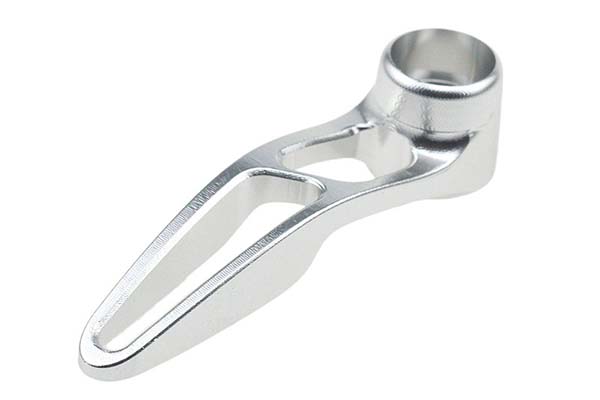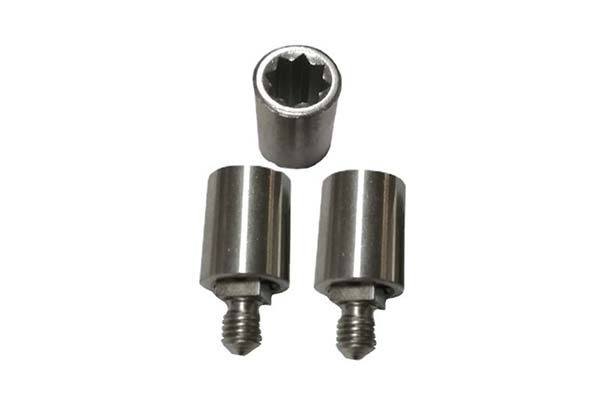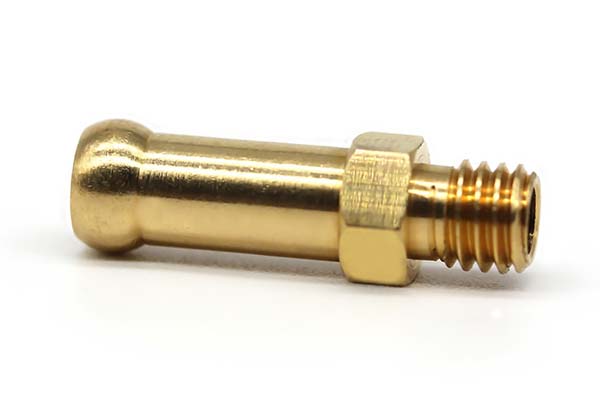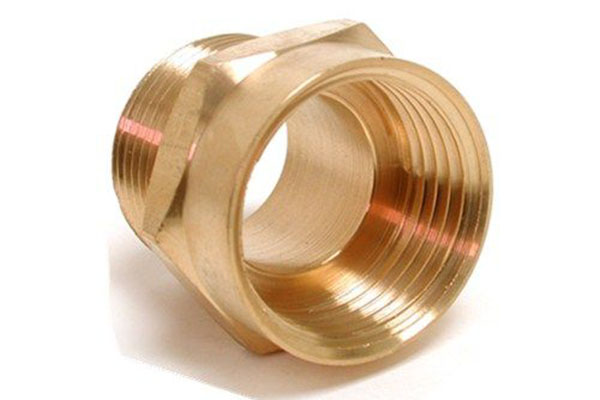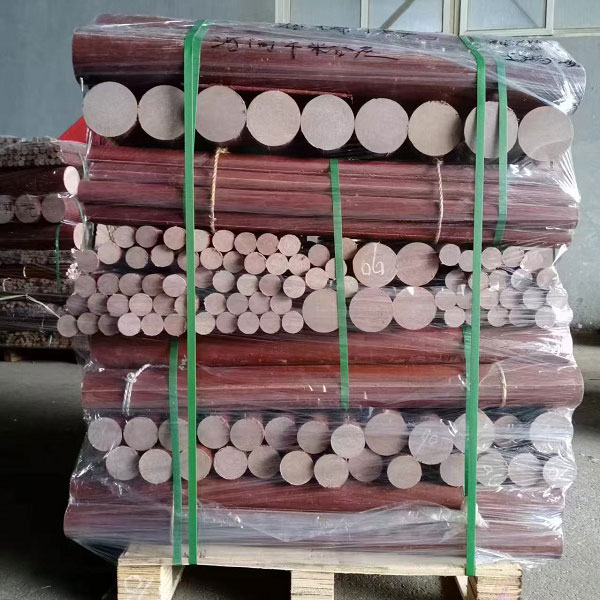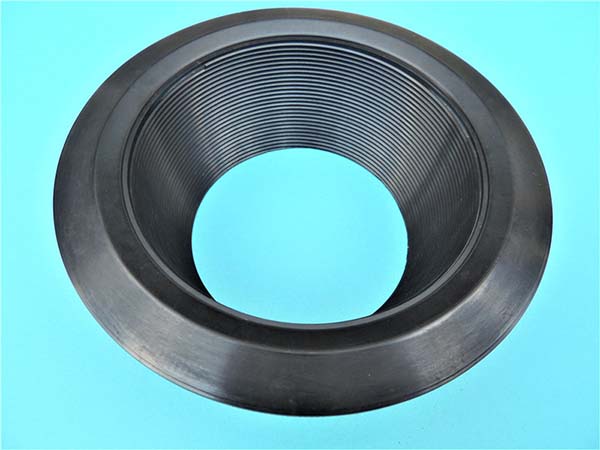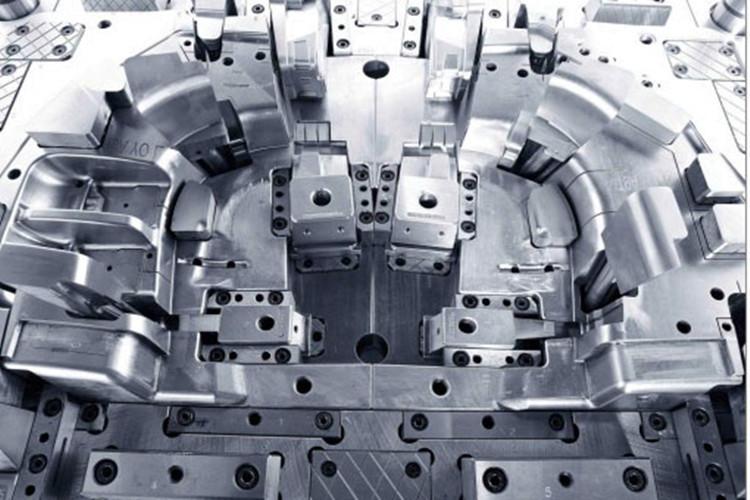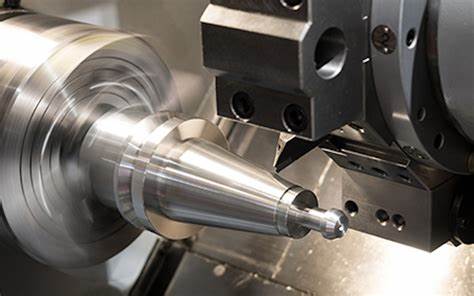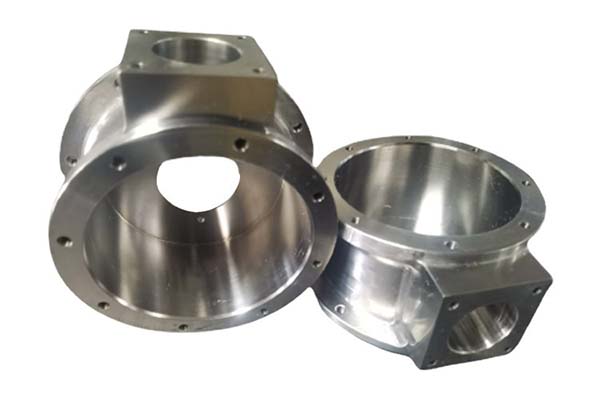Yigu: CNC fiber laser cutting has revolutionized the manufacturing industry with its precision and speed, but it’s not without challenges. Many users struggle with choosing the right laser power for their materials, optimizing cutting processes for different thicknesses, and understanding how it compares to other cutting methods. Others find the complexity of CNC systems intimidating, and ensuring material compatibility can be a constant headache. In this guide, we’ll address these pain points and provide a detailed breakdown of everything you need to know about CNC fiber laser cutting.
Laser Technology: The Core of CNC Fiber Laser Cutting
Understanding Fiber Lasers
At the heart of CNC fiber laser cutting is the Fiber Laser — a type of laser that uses an optical fiber as the gain medium. Unlike CO₂ lasers, fiber lasers generate a laser beam with a shorter laser wavelength (typically 1064 nm), which is highly absorbed by metals, making them ideal for metal cutting applications.
Laser Power is a critical factor, ranging from 500W for thin materials to 15kW or more for thick metal sheets. A 3kW fiber laser, for example, can cut through 10mm thick stainless steel at a speed of 1 - 2 meters per minute, while a 10kW laser can handle 25mm thick steel at 0.5 - 1 meter per minute.
Key Components of Laser Systems
The laser cutting head focuses the laser beam onto the workpiece, with laser focus adjustable to match material thickness. A well - focused beam ensures a narrow cutting kerf width (as small as 0.1mm for thin materials), reducing material waste.
The laser generator produces the laser beam, and laser optics (including mirrors and lenses) direct it to the cutting head. A reliable laser cooling system (usually water - based) is essential to prevent overheating, as fiber lasers can generate significant heat during operation.
Laser safety is paramount. Operators must wear protective eyewear to shield against the intense laser light, and enclosures around the machine prevent accidental exposure. Compliance with safety standards (such as ANSI Z136) is non - negotiable to avoid eye damage or burns.
CNC System: Controlling Precision and Automation
CNC Control and Software
The CNC control panel serves as the user interface, allowing operators to monitor and adjust cutting parameters. Behind the scenes, CNC software (such as Mastercam or SheetCAM) generates cutting paths based on CAD designs. CNC programming involves converting these designs into machine - readable code (G - code), with modern software offering cutting simulation to detect errors before production starts.
CNC motion control manages the movement of the cutting head along multiple CNC axes (usually 3 axes for flat sheets, 5 axes for 3D parts). This precise control ensures CNC precision of ±0.01mm, critical for complex parts in industries like aerospace.
Integration and Automation
CNC integration with other systems (such as material handling robots) enables CNC automation, reducing manual labor and increasing productivity. For example, an automated CNC fiber laser cutting cell can load raw materials, cut parts, and unload finished products without human intervention, operating 24/7 with minimal downtime.
CNC machine tool reliability is key to maintaining automation. Regular maintenance of the CNC system (including servo motors and drives) ensures consistent performance, with typical uptime rates of 90% or higher for well - maintained machines.
Cutting Processes: Optimizing Speed, Quality, and Accuracy
Cutting Parameters and Performance
The laser cutting process involves melting or vaporizing material along the cutting path. Cutting speed depends on material type, thickness, and laser power. For instance, a 1kW laser can cut 1mm thick aluminum at 10 - 15 meters per minute, while 3mm thick aluminum might require a speed of 3 - 5 meters per minute.
Cutting thickness capabilities vary by laser power. A 500W laser is suitable for up to 3mm thick steel, a 6kW laser can handle 20mm thick steel, and a 12kW laser can cut 30mm thick steel. However, beyond 30mm, the cut quality may degrade, with rougher edges.
Cutting quality is measured by cutting edge finish (Ra value). A fiber laser can achieve an Ra value of 1.6 - 6.3μm on steel, eliminating the need for post - processing in many cases. Cutting accuracy is ensured by the CNC system, with tight tolerances (±0.05mm for most applications) achievable even for complex shapes.
Process Optimization
Cutting path optimization reduces cutting cycle time by minimizing unnecessary movements. Software algorithms can nest multiple parts on a single sheet, maximizing material utilization (up to 90% or more for well - nested designs) and reducing waste.
For example, nesting 100 small brackets on a 1220x2440mm sheet instead of cutting them individually can save 10 - 15% of material costs. Adjusting laser power and speed for each material thickness also optimizes performance — a higher speed with lower power works for thin sheets, while thick sheets require lower speed and higher power.
Material Compatibility: What Can CNC Fiber Lasers Cut?
Metal Cutting
CNC fiber lasers excel at metal cutting. Stainless steel (304 and 316 grades) is a common material, with a 6kW laser cutting 15mm thick stainless steel at 0.3 - 0.5 meters per minute. Aluminum (6061 and 5052) is also easily cut, though its high reflectivity requires higher laser power than steel — a 4kW laser is needed for 8mm thick aluminum.
Copper and brass are more challenging due to their high reflectivity, but fiber lasers (with their shorter wavelength) can cut them effectively with power levels of 4kW or higher. A 6kW laser can cut 3mm thick copper at 1 - 2 meters per minute. Titanium, used in aerospace, is cut efficiently with fiber lasers, with a 3kW laser handling 6mm thick titanium at 0.5 - 1 meter per minute.
Non-Metal Cutting
While fiber lasers are primarily for metals, they can cut some non - metal materials. Plastic cutting (e.g., acrylic) is possible, but high heat may cause melting or discoloration. Wood cutting is not ideal, as fiber lasers can char the material. Composite materials (like carbon fiber - reinforced polymers) can be cut, but the abrasive nature of composites may wear down the cutting head over time.
Applications and Industries: Where CNC Fiber Laser Cutting Shines
Automotive and Aerospace
In the automotive industry, fiber lasers cut chassis components, body panels, and exhaust parts with high precision. A car manufacturer might use a 10kW fiber laser to cut 2mm thick steel body panels at 10 - 15 meters per minute, ensuring consistent quality across thousands of parts.
The aerospace industry relies on fiber lasers for cutting titanium and aluminum parts, such as turbine blades and structural components, where tolerances of ±0.02mm are required.
Electronics and Medical
The electronics industry uses fiber lasers to cut thin metal sheets for smartphone frames and heat sinks. A 500W laser can cut 0.3mm thick aluminum for phone cases at speeds of 20 - 30 meters per minute.
In the medical industry, fiber lasers cut surgical instruments and implant components from stainless steel or titanium, with the clean cuts reducing the need for post - processing and ensuring biocompatibility.
Other Industries
Metal fabrication shops use fiber lasers for custom parts, from brackets to enclosures. The signage industry benefits from their ability to cut intricate designs in metal sheets for signs and logos. Prototyping is another key application, as fiber lasers can quickly produce small batches of parts for testing.
Advantages and Disadvantages: Weighing the Pros and Cons
Advantages
High precision is a top advantage, with tolerances as tight as ±0.01mm, making fiber lasers ideal for complex parts. Fast cutting speed reduces production time — a 3kW laser cuts 5mm steel 2 - 3 times faster than a plasma cutter.
Low maintenance is another plus. Fiber lasers have fewer moving parts than CO₂ lasers, with maintenance costs 30 - 50% lower. High flexibility allows for quick changeovers between materials and designs, with minimal setup time.
Clean cutting produces little to no slag (molten metal residue), reducing post - processing needs. This is especially valuable in industries like aerospace, where clean edges are critical.
Disadvantages
High initial cost is a barrier for small businesses — a 3kW CNC fiber laser cutting machine costs \(80,000 - \)150,000, while a 10kW machine can exceed $300,000.
Limited material thickness is a drawback. Beyond 30mm for steel, cut quality declines, and fiber lasers are not suitable for very thick materials (over 50mm) where oxy - fuel cutting is better.
Energy consumption is higher than some methods, with a 6kW laser using 10 - 15kWh per hour. Complexity of operation requires trained operators, adding to labor costs. Safety risks (eye damage, burns) demand strict safety protocols.
Comparison with Other Cutting Methods
Plasma Cutting
Plasma cutting is cheaper upfront (\(20,000 - \)50,000 for a CNC system) but has lower precision (tolerances of ±0.1 - 0.5mm) and slower speed for thin materials. It’s better for thick metals (up to 100mm) but produces rougher edges.
Waterjet Cutting
Waterjet cutting handles a wider range of materials (including stone and glass) and has no heat - affected zone, but it’s slower than fiber lasers (cutting 5mm steel at 0.5 - 1 meter per minute) and has higher operating costs (due to abrasive materials).
Oxy - Fuel Cutting
Oxy - fuel is ideal for thick steel (50mm +) and has low equipment costs, but it’s slow, limited to ferrous metals, and produces a heat - affected zone that can warp parts.
Mechanical Cutting (Shearing, Punching)
Mechanical methods are fast for simple shapes but lack the flexibility of fiber lasers for complex designs. Punching requires dies, which add costs for custom parts.
The table below summarizes key comparisons:
| Cutting Method | Precision | Speed (5mm Steel) | Material Range | Cost (Machine) |
| CNC Fiber Laser | ±0.01 - 0.05mm | 3 - 5 m/min | Metals, some plastics | \(80k - \)300k+ |
| Plasma Cutting | ±0.1 - 0.5mm | 1 - 3 m/min | Metals | \(20k - \)50k |
| Waterjet Cutting | ±0.05 - 0.1mm | 0.5 - 1 m/min | Most materials | \(100k - \)200k |
| Oxy - Fuel | ±0.5 - 1mm | 0.1 - 0.5 m/min | Ferrous metals | \(10k - \)30k |
Yigu Technology, as a plastic metal parts custom manufacturing Supplier, sees CNC fiber laser cutting as a game - changer for precision metal parts. We leverage its high accuracy and speed to deliver complex components for automotive and electronics industries. Our expertise in material selection ensures optimal cutting results, balancing cost and quality. We believe fiber lasers are essential for modern manufacturing, offering efficiency that traditional methods can’t match.
FAQ
- What thickness of metal can a CNC fiber laser cut?
- It depends on laser power. A 500W laser cuts up to 3mm steel, 3kW cuts 10 - 12mm, 6kW cuts 15 - 20mm, and 10kW+ cuts 25 - 30mm. Thicker materials (over 30mm) may have poor edge quality.
- Is CNC fiber laser cutting suitable for non - metal materials?
- It’s not ideal. While it can cut some plastics and composites, heat may cause damage. Waterjet cutting is better for non - metals due to its cold cutting process.
- How does CNC fiber laser cutting compare to CO₂ laser cutting?
- Fiber lasers have higher metal absorption, faster cutting speeds (2 - 3x for metals), lower maintenance, and lower energy use. CO₂ lasers are better for non - metals (due to their 10.6μm wavelength) but are slower and more costly to maintain for metal cutting.
